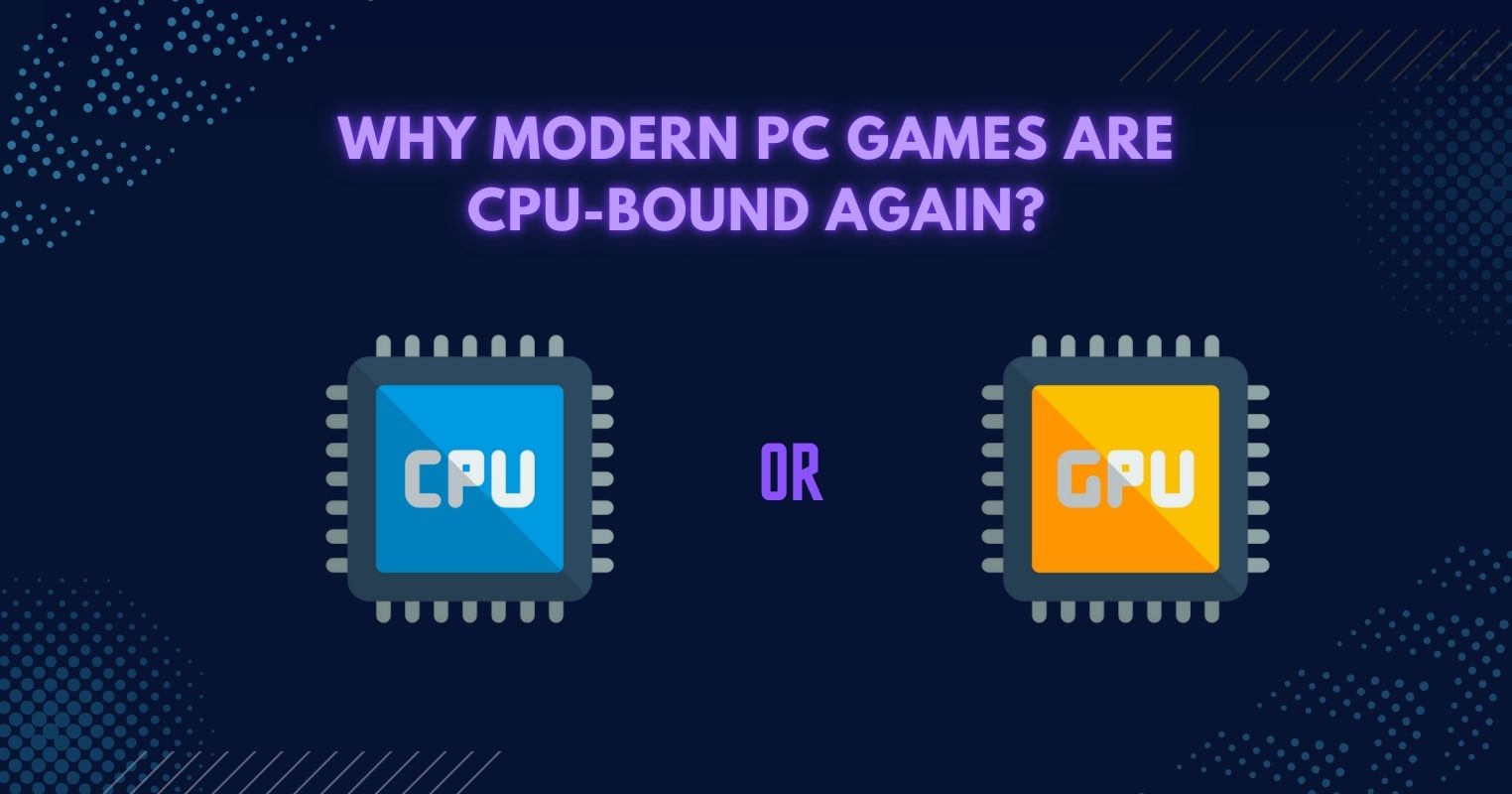- Choose 24-inch for 1080p, 27-inch for 1440p, and 32-inch or above for 4K. Larger screens provide more screen area and better clarity at higher resolutions.
- A 144Hz refresh rate monitor and 5ms or less response time enhance smoothness and provide lower latency for gaming and work.
- IPS offers accurate colours and viewing angles; VA provides high contrast and brightness; OLED excels in colour accuracy and deep blacks.
There is no such thing as a perfect monitor. It ultimately depends on what you are going to use it for. Is it for gaming? Is it for casual browsing, professional colour editing, etc.? Do you want a larger or faster refresh rate monitor for gaming or one with many built-in apps and features?
Remember that you don’t upgrade these things for several years, so it is often worth paying a little more upfront. With all that in mind, you can start to hone in on the best display for you.
Size And Design
The truth is that size does matter. Monitor sizes usually vary a lot. Depending on your preference, you can have a 24-inch monitor or a super ultrawide 49-inch monitor. Now, 3 inches may not seem a lot, but going from 24” to 27” gives you roughly 25% more screen area.
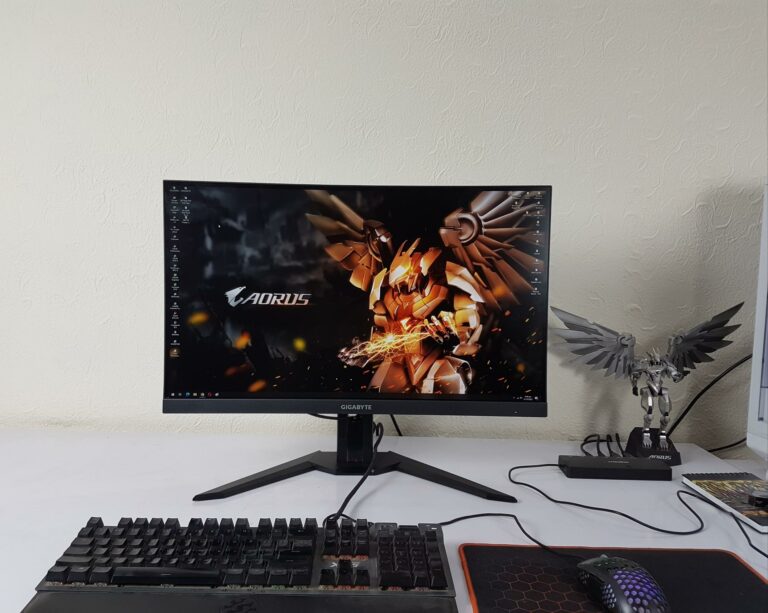
If you are going to stare at your monitor all day or all night for gaming, then you want it to be flexible. It’s worth examining whether your monitor has height adjustments, pivoting, rotating, and tilting. Some monitors allow you to fully rotate them up to 90 degrees, which offers an excellent portrait mode. This is great for coding or editing content and even some gamers prefer this.
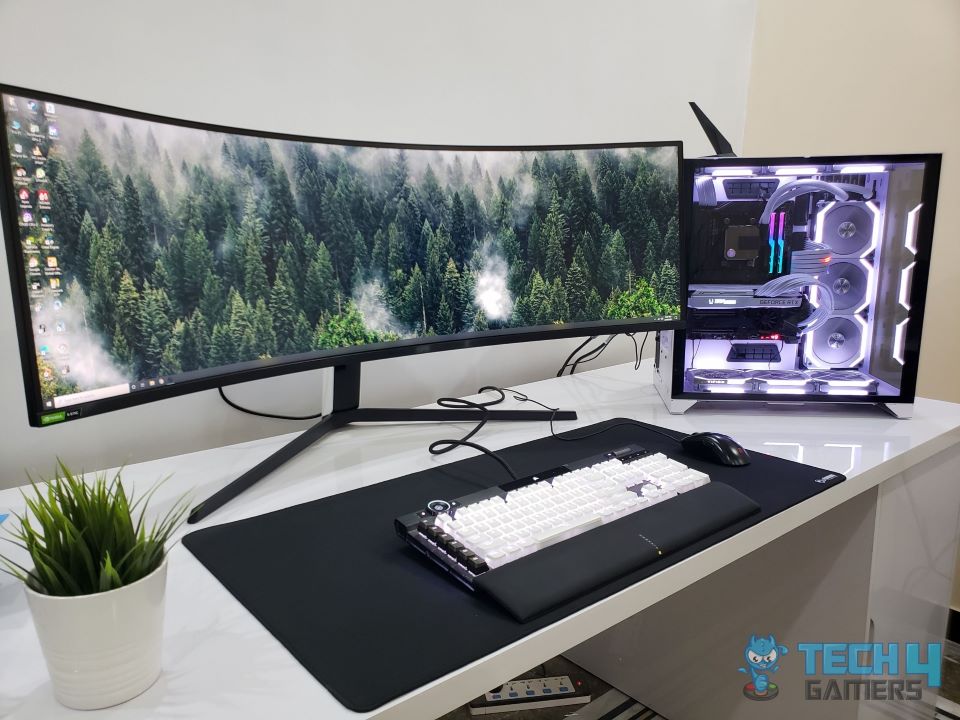
The Resolution Makes A Huge Difference.
The majority of displays are either 1080p or 1440p. 4K is also becoming increasingly common nowadays. Almost all 24-inch monitors have a 1080p or full HD resolution. This gives you a nice, sharp image, but when you jump up to 27 inches, that 1080p resolution is stretched slightly, and the image looks less sharp.
So, my rule of thumb is 24 inches for 1080p, 27 inches for 1440p, and 32 inches or above for 4k. You can get 4k at 27 inches, but I would avoid that. For gamers, 1440p monitors are the best choice.
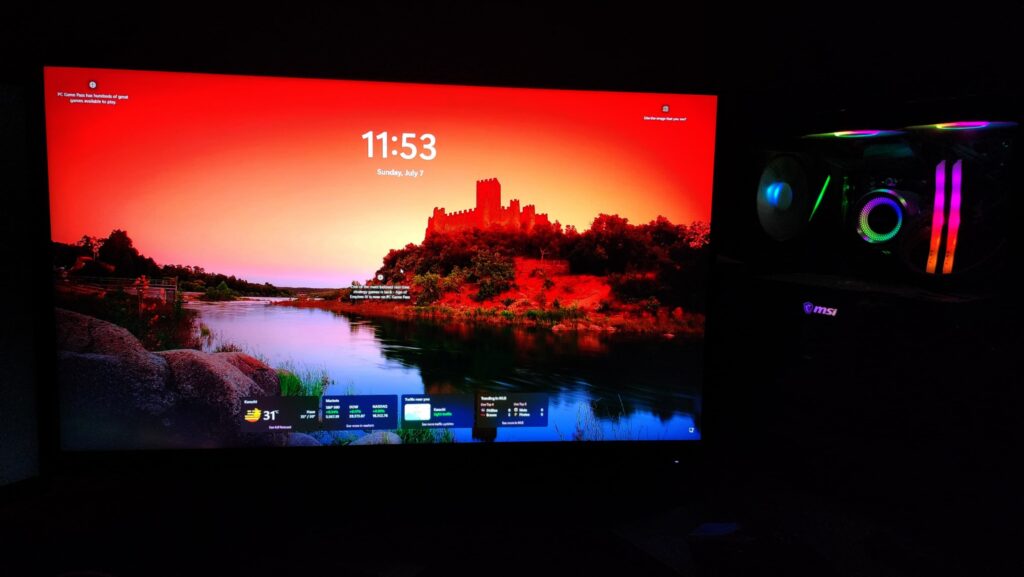
Refresh Rate And Response Time Shouldn’t Be Overlooked!
The higher the refresh rate, the smoother the image. The vast majority of typical monitors are 60Hz, which is the standard. But of course, you can get a 75, 120, 144, 165, 180, 240, 360, 480, and even a 500Hz monitor. 144Hz is still considered to be the sweet spot by many, including myself.
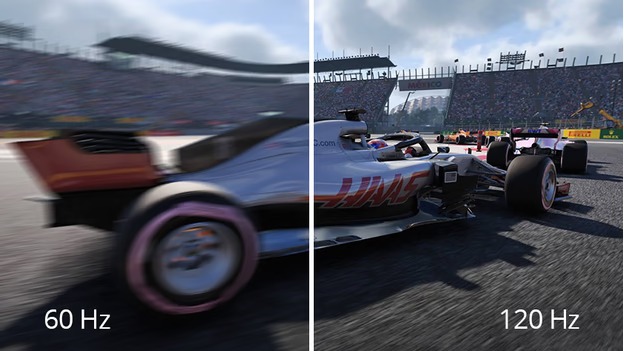
Generally, people think the refresh rate is just for gamers, but as someone who uses his monitor for editing and other work-related tasks, I find it nice to have a good refresh rate monitor. A higher refresh rate will also give you a lower latency and fast response time, but it will cost more.
Regarding response time, ideally, monitors offering 5ms or less response time are more than enough for gamers. Some graphics cards, like AMD’s Anti Lag or NVIDIA’s Reflex, have built-in features to reduce latency or response time. Therefore, even if you don’t buy a monitor that offers very little response time, your graphics card can compensate for that.
Which Panel Type To Choose?
Nowadays, the majority of monitors have either IPS or VA panels. These two have differences, but you can’t go wrong with either type. Although IPS is a lot more common, and to be honest, it looks excellent with accurate colours and better viewing angles.
On the other hand, VA panels are for high contrast and brightness, which is great for HDR, but they come at the cost of less accurate colors and a drop in viewing angle quality. The thing to note is that both IPS and VA are LCD-based panels backlit by an LED.
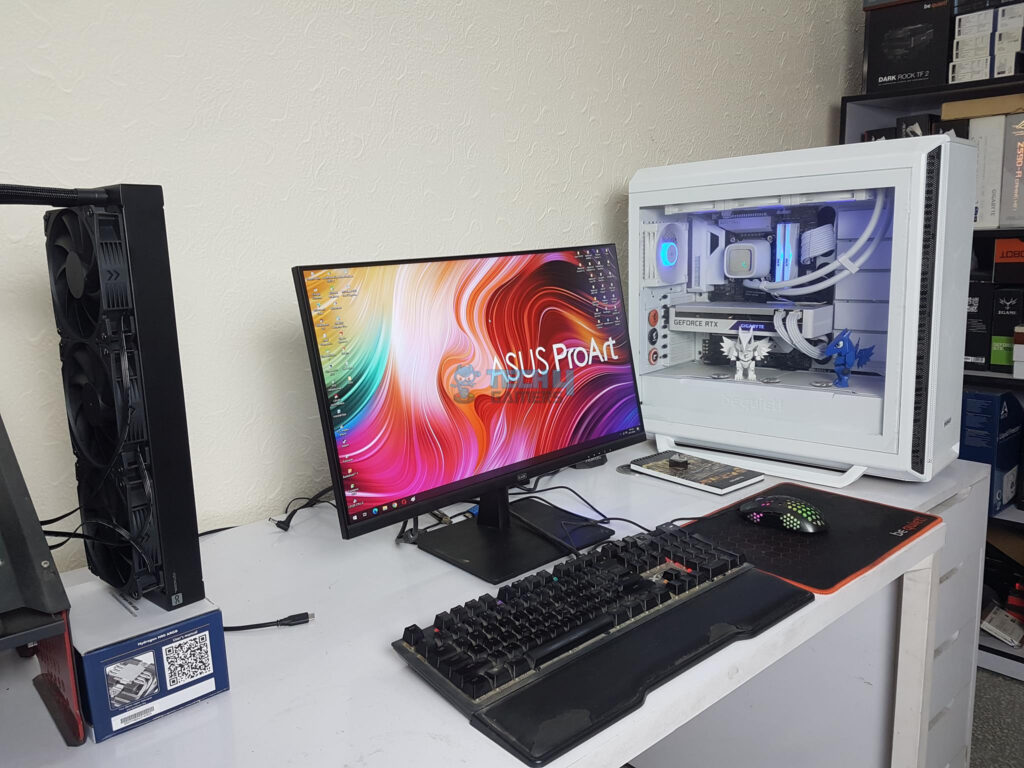
The panels that do not use LED are Mini LED and OLED panels. OLED panels offer one of the most incredible gaming displays I have ever seen. There is no light bleed or blooming in these panels, but the compromise is that they can’t get as bright as many LEDs. But for vibrant, accurate colors, accurate viewing angles, and those deep inky blacks, as the cliche goes, OLED is the king.
In Short
Consider a 24-inch 1080p or 27-inch 1440p monitor with a USB C port for everyday productivity. Content creators may prefer a 32-inch 4K monitor with any panel type and a 60Hz refresh rate.
For average gamers, a 24-inch 1080p or 27-inch 1440p monitor with a 144Hz refresh rate and IPS or VA panel is recommended. High-end gamers may opt for a 4K monitor with a 165Hz refresh rate and ultrawide OLED displays for immersive effects.
Thank you! Please share your positive feedback. 🔋
How could we improve this post? Please Help us. 😔
Moiz Banoori, with a decade of experience in gaming and tech journalism and a degree in journalism, is a notable figure in the industry. He has contributed to various esteemed platforms, showcasing his expertise in both reporting and opinion writing.


